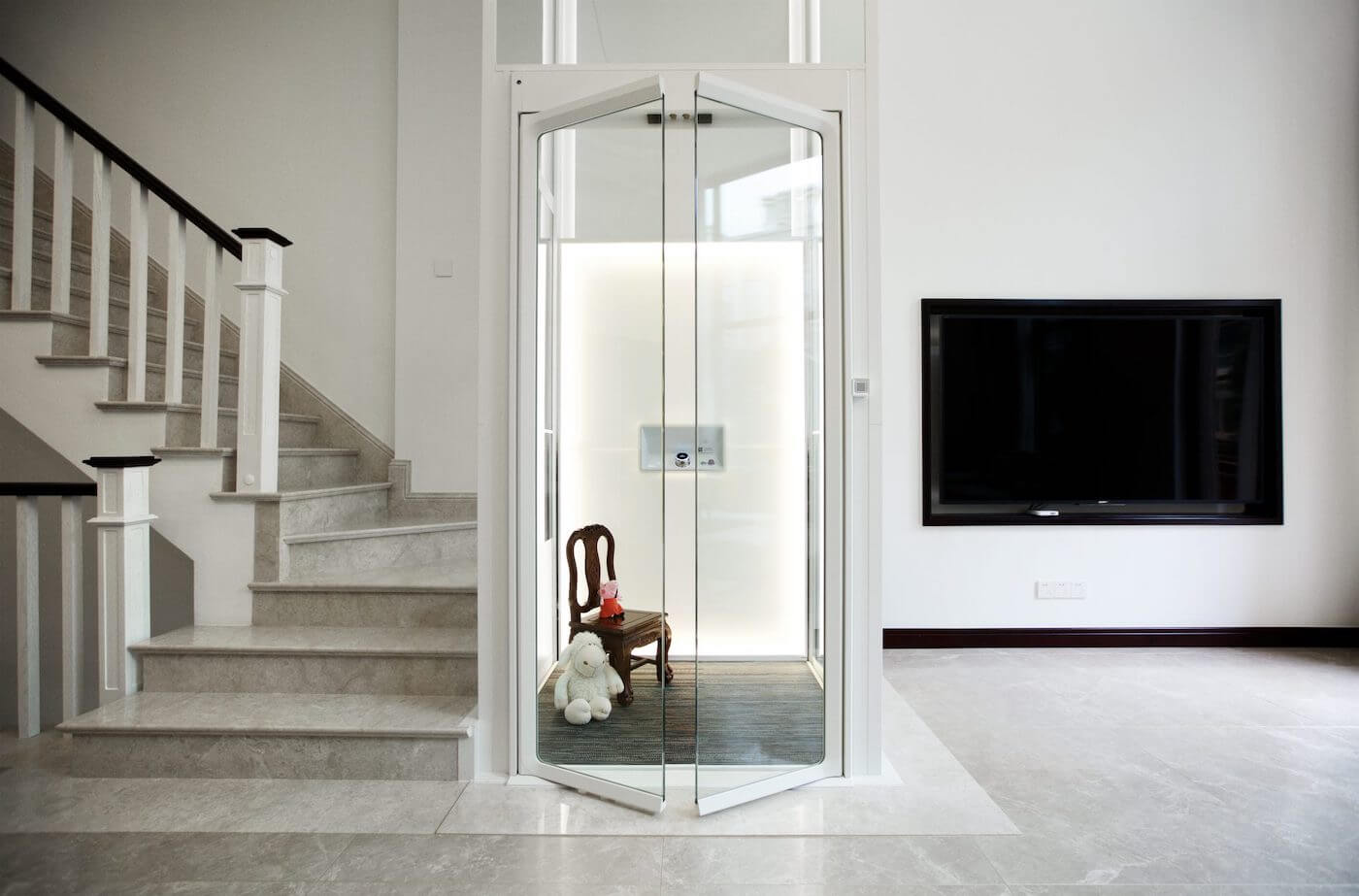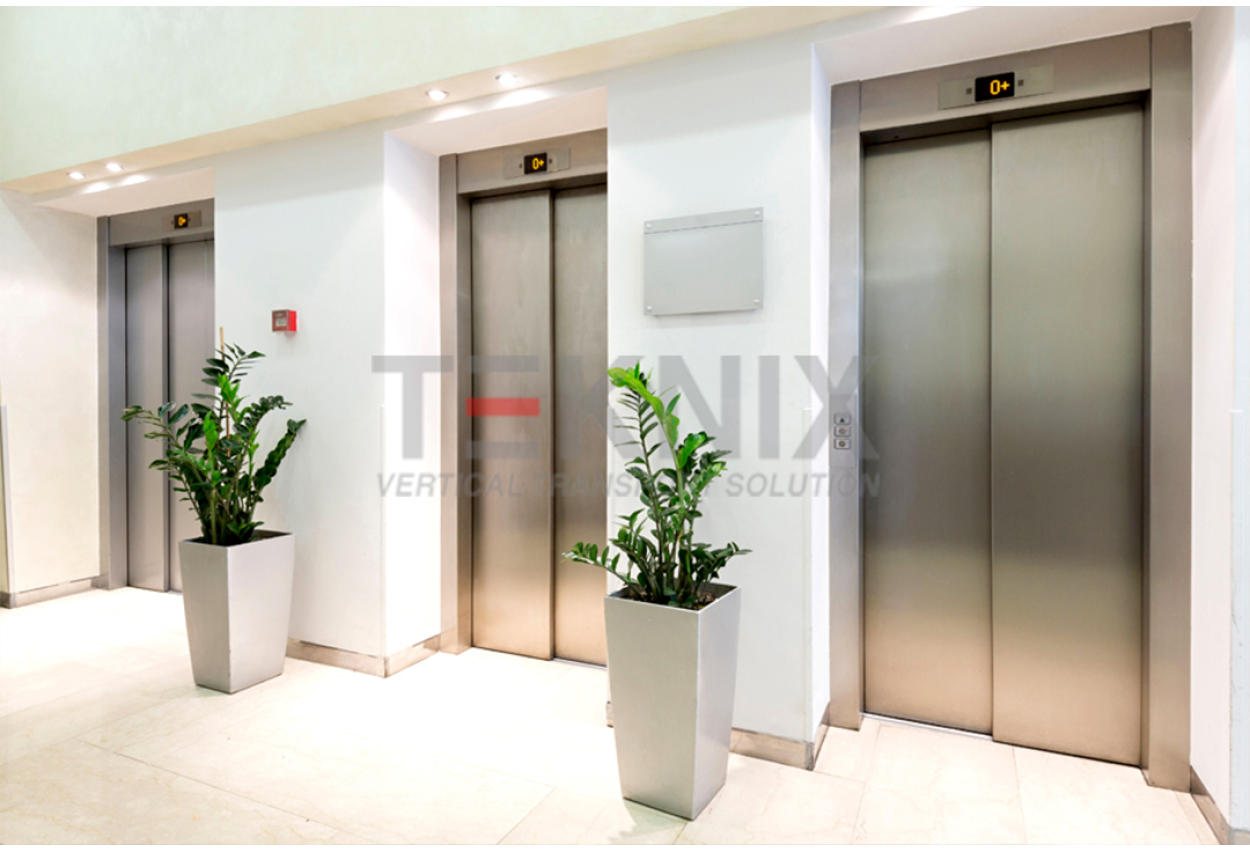Budget Friendly Lift Repair Near Me: Professional Specialists at Your Service
Budget Friendly Lift Repair Near Me: Professional Specialists at Your Service
Blog Article
Looking Into the World of Lifts: Usual Issues Faced by Various Lift Devices
As we browse with the vertical transportation systems of modern-day structures, lifts stick out as an essential part of our every day lives. However, behind their seamless procedure exists a world of complex systems that can sometimes encounter difficulties. From hydraulic lifts to traction systems and machine-room-less styles, each lift kind features its collection of usual concerns. Understanding these obstacles is essential for making sure the smooth performance of these important systems. Allow's discover the complexities that underlie the procedure of lifts and the possible problems that can arise, shedding light on the detailed internet of lift devices.
Hydraulic Lifts
Hydraulic elevators, commonly liked for low-rise buildings, make use of fluid stress to manage the motion of the lift cars and truck (lift repair companies). This system entails a hydraulic pump pushing oil right into a cyndrical tube, creating the elevator to relocate in the wanted instructions. While hydraulic lifts are known for their smooth and peaceful operation, they do feature their own collection of typical problems
One prevalent issue with hydraulic elevators is oil leakage. Additionally, problems with the control system, such as damaged valves or a malfunctioning pump, can create disturbances in the elevator's activity.
Routine maintenance and timely repair work are important to make sure the smooth performance of hydraulic lifts. By attending to these common issues proactively, structure proprietors can lessen downtime and make sure the safety and security and effectiveness of their vertical transportation system.
Grip Lifts
When thinking about upright transportation systems in buildings, an additional common kind apart from hydraulic elevators is the traction lift. Grip lifts operate using a system of ropes and counterweights that relocate the elevator automobile by gripping onto the hoist ropes. This device permits smoother and much faster upright transport contrasted to hydraulic systems.
Among the common concerns dealt with by grip lifts is rope wear. The consistent movement of the ropes within the traction system can cause damage gradually, possibly causing the elevator to malfunction or become unsafe for usage. Routine inspections and upkeep of the ropes are crucial to ensure the elevator's proper functioning and safety and security.
An additional concern that traction elevators might experience is related to the control system. Issues with the control system can lead to concerns such as unpredictable activity, hold-ups in response times, or even complete shutdowns. Normal screening and upkeep of the control system are crucial to protect against such concerns and make sure the elevator's dependability.
Machine-Room-Less (MRL) Elevators

Among the essential parts of MRL lifts is the portable gearless traction device that is set up within the hoistway. This equipment efficiently drives the elevator vehicle without the requirement for bulky tools found in traditional traction elevators. Furthermore, MRL elevators generally make use of a weight system to balance the car, further boosting their energy efficiency.
In spite of their benefits, MRL elevators might deal with difficulties connected to upkeep and repair service because of the constrained room for tools installment. Availability for servicing components within the shaft can be limited, calling for specialized training for service technicians. Correct upkeep routines and regular inspections are important to make certain the continued smooth operation of MRL lifts.
Overloading and Weight Limitation Issues
Are elevators geared up to handle excess weight loads effectively and safely? Straining and weight limit problems are essential worries in elevator procedures. Elevator makers layout raises with specific weight abilities to guarantee passenger safety and tools long life. Surpassing these weight restrictions can result in various issues, including mechanical failings, hold-ups, and safety and security hazards.
When elevators are overwhelmed, it puts excessive stress on the electric motor, cable televisions, and other components, potentially creating malfunctions or break downs. Safety mechanisms such navigate to this site as sensors and overload sensing units remain in location to avoid lifts from relocating if they spot excess weight. In addition, surpassing weight restrictions can cause boosted energy intake and wear and tear on the elevator system.
To minimize straining concerns, constructing supervisors need to prominently present weight limits in elevators and enlighten owners on the importance of sticking to these constraints - lift repair companies. Routine upkeep checks by certified professionals can likewise assist guarantee that lifts are operating within secure weight specifications. By attending to overloading and weight limit concerns proactively, structure owners can enhance elevator security and efficiency
Electric System Failings
Exceeding weight limitations in elevators can not just lead to mechanical concerns but likewise possibly add to electrical system failings within the lift facilities. Electrical system failings are a vital concern in lift operation, i thought about this as they can trigger unforeseen closures, breakdowns, or also safety risks.
Furthermore, power surges or variations in the electrical supply can likewise interfere with the elevator's procedure, influencing its performance and security. These electric disruptions can harm delicate lift components such as control board, circuit card, or sensing units, leading to system failures. Regular maintenance and evaluations are essential to recognize and deal with prospective electric issues without delay, ensuring the efficient and safe operation of lift systems. By sticking to weight limitations and carrying out regular electric system checks, structure owners can reduce the danger of electric failings in elevators.
Final Thought

Hydraulic lifts, commonly preferred for low-rise buildings, make use of fluid stress to regulate the movement of the lift vehicle.When considering upright transport systems in buildings, an additional typical kind aside from hydraulic lifts is the grip elevator. Traction lifts operate using a system of ropes and counterweights that relocate the lift cars and truck by clutching onto the hoist ropes. Unlike typical elevators that require a separate equipment area to house the tools, MRL elevators integrate many of the elements within the shaft, getting rid of the need for a devoted maker room.In final thought, elevators encounter common issues such as hydraulic malfunctions, grip system failings, and electric system problems.
Report this page